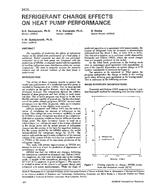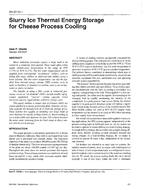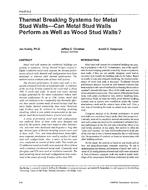This paper concerns a new design method for robust controllers that achieve robust stability as well as adequate disturbance suppression characteristics. Of particular interest to us is how to design the controller for HVAC systems with unknown dynamics and imprecisely known parameters. In a previous paper, a robust proportional-plus-integral-plus-derivative (PID) controller was designed for temperature control of a single-zone room that was commonly approximated by a first-order lag plus deadtime system. The PID gains obtained by solving a two-disk type mixed sensitivity problem have been modified to contrast to those tuned by the traditional Ziegler-Nichols rule. The previous results showed that the proposed PID controller was effective enough for practical applications. In this paper, the robust controller is redesigned for the same plant with changes in characteristics of the plant through H control theory. A practical and systematic design method for the H controller is proposed. This paper demonstrates the practical applicability of the H controller for a typical plant in HVAC industries. To evaluate the control performance, a comparison is made between H control and PID control. Numerical simulations suggest that the H controller enables an improvement in disturbance suppression characteristics to some extent, but it does not offer substantial advantages for the HVAC systems.
Units: SI
Citation: ASHRAE Transactions, vol. 109, pt. 1
Product Details
- Published:
- 2003
- Number of Pages:
- 9
- File Size:
- 1 file , 310 KB
- Product Code(s):
- D-16772


